When I was in the classroom testing was constantly being discussed in faculty and team meetings, in state legislatures, and in the halls of Congress in our nation’s capital. The discussions focused on why we should test, how to test, and how to interpret the data once the tests were completed. As the conversation continued through the 1990s and into this century the focus turned to how to hold students accountable for their test scores as well as holding teachers accountable for student performance.
I never shied away from being accountable. I kept my own data and was constantly tweaking lesson plans and switching up the various ways I measured student performance. During the test I would observe and take notes. I would note which students simply filled in bubbles to be the first one finished (remember I taught eight-, nine-, and ten-year-old children), which students struggled, which students asked questions during the test, etc.
I found the most challenging aspect of testing was knowing “the” test in April would cover material that had been taught months before. One of the ways I encouraged retention was requiring students to keep a history notebook for each unit of study (usually eight to ten each year) and gave bonus points to students who kept previous notebooks. I also went as far as providing space for students to store their notebooks in my classroom.
As testing time approached, I often asked students to use one of these stored notebooks to create a mini diary with short blurbs including important aspects of the unit of study such as the American Revolution, War of 1812, or World War II.
The students were familiar with historical diaries at this point because I tried to work them into each unit of study as we moved through the curriculum. For example, Anne Frank and her diary regarding World War II would have been familiar to students as well as the Carrie Berry diary – A Confederate Girl: The Diary of Carrie Berry, 1864. Berry wrote about her Civil War experiences in Atlanta.
During each unit of study, I would often mention at several points along the way, “If you were writing a diary entry for this week, what would you include from this week’s lessons?” This kept diaries fresh in student’s minds and was a great way to review. By the time the big test rolled around, and I wanted to use the diary method to review material we covered earlier in the year the activity wouldn’t be something new for students.
Here are some journal entries from a study of World War II for 1945, the last year of the war, I collected from students. I’ve added in some extra material in brackets and some photos, too.
January 20 – Franklin Delano Roosevelt is inaugurated for a fourth term as president. No other president has served more than twice. [Two years after President Roosevelt’s death, Congress passed the 22nd Amendment, limiting presidents to two terms. The amendment was then ratified in 1951.]
January 24 – Russian soldiers have crossed the Oder River. They are on German soil for the first time during the war.
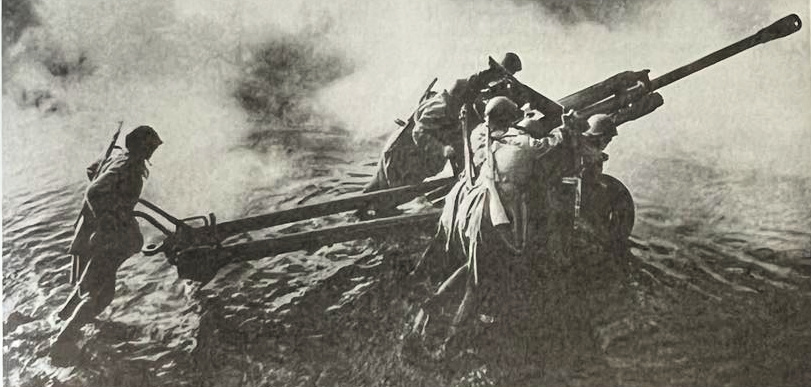
January 27 – Soviet forces have liberated a German concentration camp in Poland named Auschwitz. The prisoners there were used as slave labor for a German industrial chemical company. The camp had another use, too. It was built to kill the prisoners. [Three million people were murdered at Auschwitz, most of them Jews.]
February 4-11 – President Roosevelt has flown to Yalta in the Crimea, to meet with Winston Churchill [Great Britain] and Joseph Stalin [Russia]. They are said to be planning for the final battles of the war and what will happen once the war is done.
February 19 – American marines have landed on Iwo Jima, an island in the Pacific. Reports tell of incredibly hard fighting and great losses on both sides.
March 7 – The U. S. First Army has crossed the river Rhine and is inside Germany. All German armies have been pushed further back into Germany.
March 9 – Today, 325 low-flying bombers dropped bombs filled with jellied gasoline on Tokyo. Fires broke out everywhere. The Japanese capital became so hot that the water in its canals boiled, but the Japanese refuse to surrender. [Later reports list 267,000 Tokyo buildings burned to the ground; 89,000 persons died.]
March 21 – Today we watched an enormous air armada fly overhead on its way to Germany. The Axis powers now have no hope of winning and yet neither Germany nor Japan will give up. [There were 7,000 Allied planes. Until now, most bombing raids have been at night, to make it difficult for the anti-aircraft guns and fighter planes to see the bombers. Now Germany has little firepower left; the bombers fly at will. Bomb damage there is said to be devastating.]
April 12 – American soldiers enter the Nazi concentration camp at Buchenwald and find death everywhere. Germans interviewed say they didn’t know anything about concentration camps. [Camp after camp is discovered, and it is said more than 10 million people have died in the concentration camps. In one camp American soldiers discover bins with thousands of pairs of babies’ shoes.]
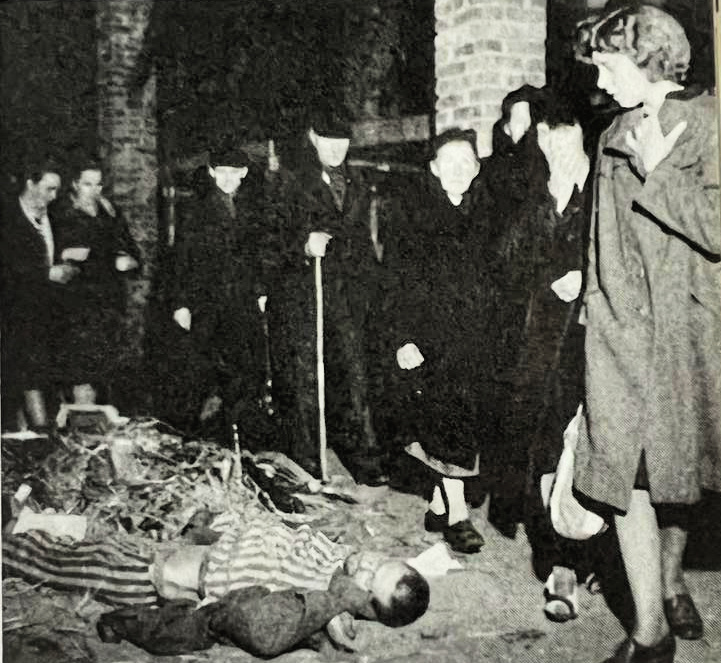
April 13 – President Roosevelt has died! Shock and disbelief everywhere. It is hard to imagine the United States without President Roosevelt.
April 14 – The British liberate the Bergen-Belsen concentration camp. A few weeks earlier a fourteen-year-old Dutch girl died named Anne Frank. [After the war the Anne’s diary mentioned above would be found and published.]
April 21 – Russian troops have entered the suburbs of Berlin. The fighting is said to be fierce, although the Nazis have no hope of victory. [In less than one month, between April 16 and May 8, the Russians lose 304,887 men – killed, wounded, and missing – capturing Berlin. The total number of American deaths in the whole war in Europe and the Pacific, is about 325,000.]
April 24 – President Harry Truman received his first detailed briefing on a top-secret superweapon. [This superweapon was the nuclear bomb, of course.]
April 26 – Italy’s dictator, Benito Mussolini, has been hanged by Italians fighting on the side of the Allies.
April 30 – Hitler is dead. He has killed himself. He was living underground in a concrete bunker. [Hitler had boasted that his creation – the German Third Reich – would live forever. Many believed him. It lasted 12 years.]
May 7 – German military leaders have surrendered to General Dwight David Eisenhower at a school in Rheims, France. It is unconditional surrender. The war in Europe is over. [General Alfred Jodi signs the German surrender at Rheims. None of Eisenhower’s staff have great ideas for a victory statement so the general writes his own, “The mission of this Allied force was fulfilled at 0241 local time May 7, 1945.”]
May 8 – President Harry Truman proclaims this VE (Victory in Europe) Day. It is his birthday. People cried while cheering and hugging each other, but the war continues in the Pacific.
May 11 – A Japanese pilot, trained for a suicide mission, crashes into the aircraft carrier Bunker Hill and 373 Americans are killed.
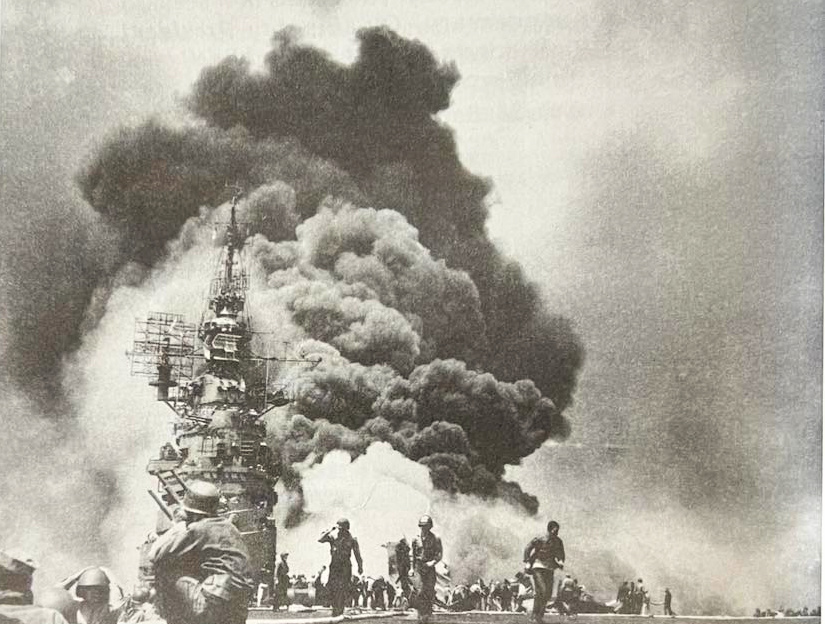
June – The cities of Nagoya, Kobe, Osaka, Yokohama, and Kawasaki have been firebombed. The destruction in Japan is said to be terrible. Japan’s cities are built of wood. They burn quickly. [Two million buildings were destroyed; perhaps 10 million people made homeless; hundreds of thousands are dead or injured. Japanese leaders refuse to surrender.]
July – Japan’s sixty largest cities have been burned. There is almost no food in Japan; people are starving. Four hundred Japanese have been arrested because they talked of surrender.
[Also in July…In the New Mexican desert, scientists prepare to test a top-secret atomic device. No one knows if it will work. No one knows how powerful it is. A test is completed on July 16th, and the scientists and military officials learn that the device is more powerful than anything seen before. One observer stated, “It was as though the earth opened up and the skies had split.”]
July 26 – President Truman, Winston Churchill, and China’s leader, Chiang Kai-shek, broadcasting from a peace conference at Potsdam, Germany, demand the unconditional surrender of Japan. They say a “new order of peace, security, and justice.”
[At Potsdam, President Truman tells Joseph Stalin that the United States has a new and powerful weapon. The Soviet leader shows little interest. He already knows about it. Soviet spies had stolen the plans for the secret weapon. The plans were already inside the Kremlin during the meeting at Potsdam.
August 4 – More than 700,000 leaflets are dropped on Hiroshima warning that the city will be demolished. The warning is not taken seriously.
August 6 – Three B-29s take off for Japan at 1:45 a.m. to gather weather data and access the number of aircraft in the area over Hiroshima. One hour later the Enola Gay carrying the nuclear device known as Little Man and two other aircraft take off. At 8:15 a.m. the bomb is dropped over Hiroshima. [Little Man was originally named Thin Man, after President Roosevelt. The bomb dropped over Nagasaki was known as Fat Man, named after Winston Churchill.]
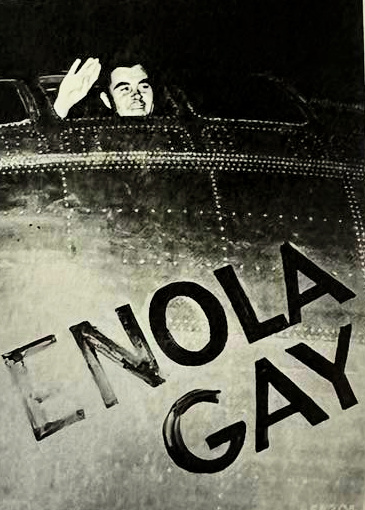
[Captain Robert A. Lewis, co-pilot on the Enola Gay, wrote a letter to his parents during the flight that dropped the atomic bomb over Hiroshima. In the letter he said, “I think everyone will feel relieved when we have left our bomb…It is 5:52 and we are only a few miles from Iwo Jima. We are beginning to climb to a new altitude.” When they are over Honshu, Japan’s central island, Lewis writes, “Captain Parsons has put the final touches on this assembly job. We are now loaded. The bomb is alive. It is a funny feeling knowing it is right in back of you.” Captain William S. Parsons of the U.S. Navy had previously decided to put the detonating parts of the bomb together after the plane was in the air.
At 8:15 a.m. the bomb bay door opens; Little Boy is on his way. Captain Lewis writes in his letter, “a short intermission while we bomb our target.” The next words he writes, “My God!: Compared to the rest of the script on the page these words are written in a wild scrawl.
Lewis and the others aboard the Enola Gay get a picture of what the bomb has done once they are around 270 miles from Hiroshima. The atomic bomb has created a fireball whose center reaches 4,000 degrees Celsius. To get an idea of the level of heat that would be iron melts at 1,550 degrees Celsius. The fireball gives birth to a shock wave and then a high-speed wind. Buildings are smashed by wave and wind and burned by fire. Dust from destroyed buildings make the city night-dark within minutes of the bombing. The wind tosses people about Thermal rays burn their bodies. As the fireball fades, a vacuum at the blast’s center pulls up dust, air, and bomb debris, creating an enormous mushroom cloud that rises into the atmosphere. Liquid rain alternates with downpours of sparks and fire. The rain is ink-black and oily. Within minutes, the Second Japanese Army no longer exists. 78,000 people are dead. 100,000 are injured.

The Americans ask for surrender and state if it doesn’t happen the Japanese should “expect a rain of ruin from the air.” The Japanese do not respond.]
August 8 – Russia declares war on Japan and attack Japanese forces at Manchuria and Korea.
August 9 – A second atomic bomb dropped has been dropped on Nagasaki with similar horrible results to the people at Hiroshima.
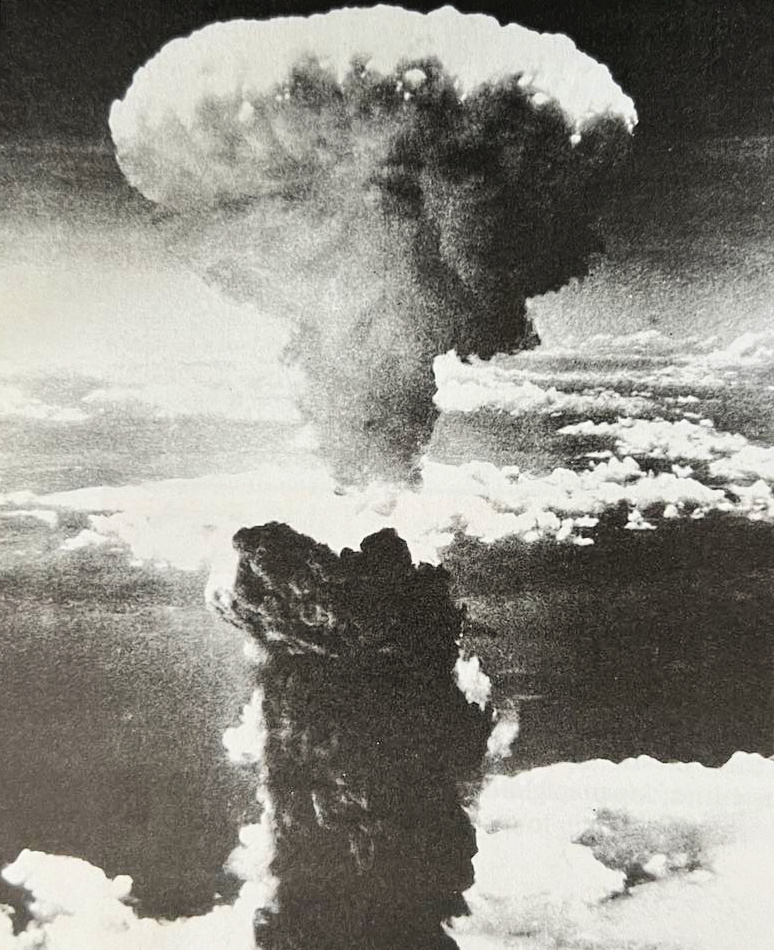
[Japanese leaders debate surrender and are split down the middle. Emperor Hirohito later describes the situation saying, “There was no prospect of agreement no matter how many discussions they had…I was given the opportunity to express my own free will for the first time” and he decided to surrender for the benefit of his people.
Japan would accept the terms of the Potsdam Declaration, with one request; that the emperor remain as head of state.
Some of Japan’s leaders disagreed with the emperor….they tried to break into the Imperial Palace to keep the prime minister from addressing the people to tell them about the surrender. They fail and along with the war minister, commit suicide in the public square.
The emperor who wants to be sure his words are exactly right, has recorded them in advance.]
August 15 – Hirohito’s voice is heard in the first public speech an emperor has ever made. He asks the Japanese people to accept the coming of peace.
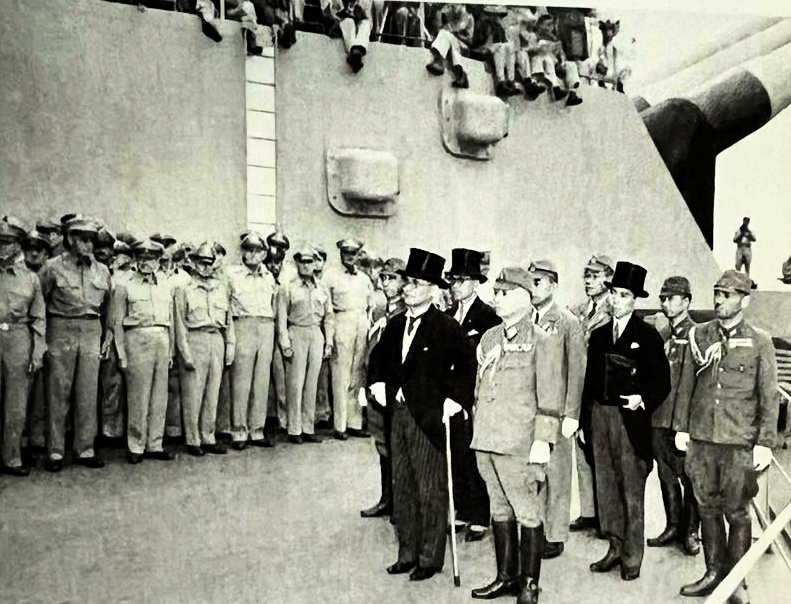
Once students wrote short journal entries, they would trade their mini diaries with other students to read and discuss them. As I would walk around the room listening to conversations, I would hear students say, “Oh, I forgot about that,” “I liked talking about that,” and the ever popular “I thought we’d never get through with that unit and move on to something else!”
Yes, there was always at least one in the crowd who wasn’t impressed with history at all.
Can you imagine that?
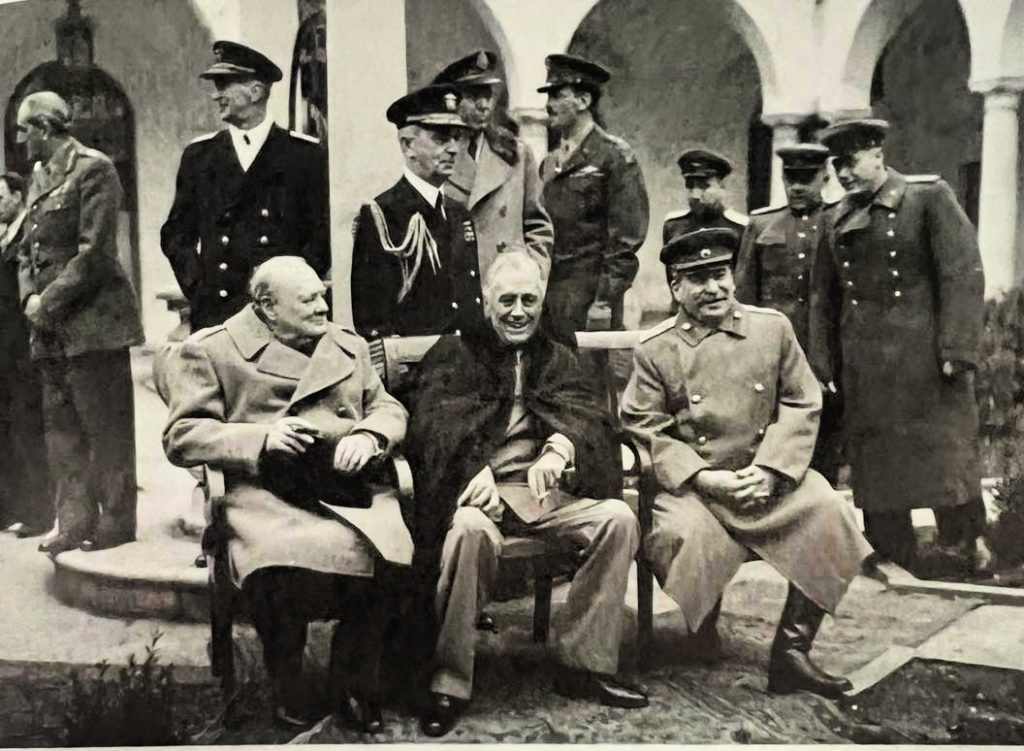
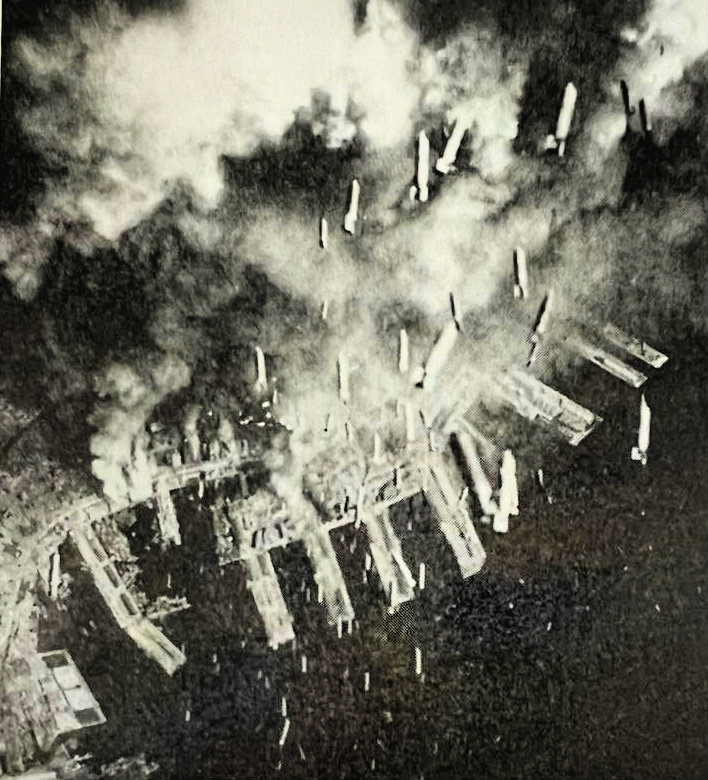
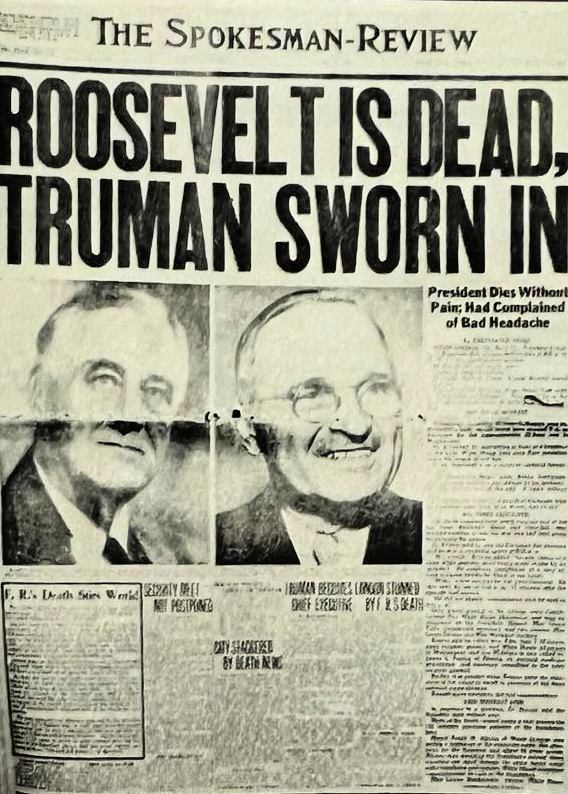
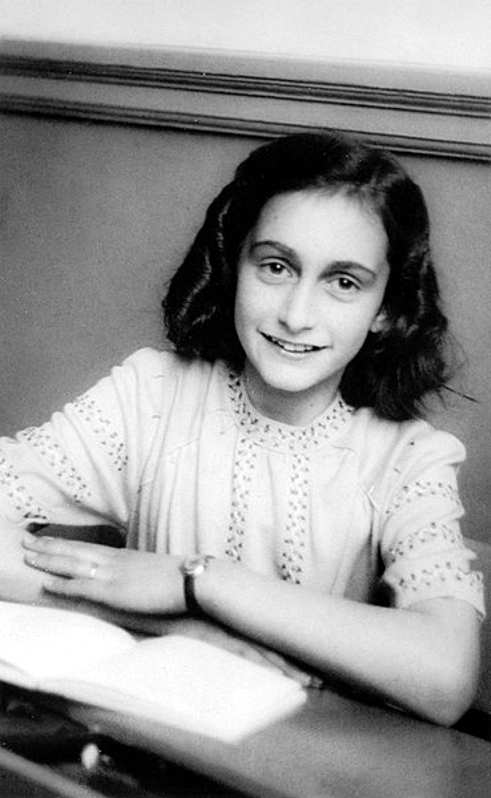
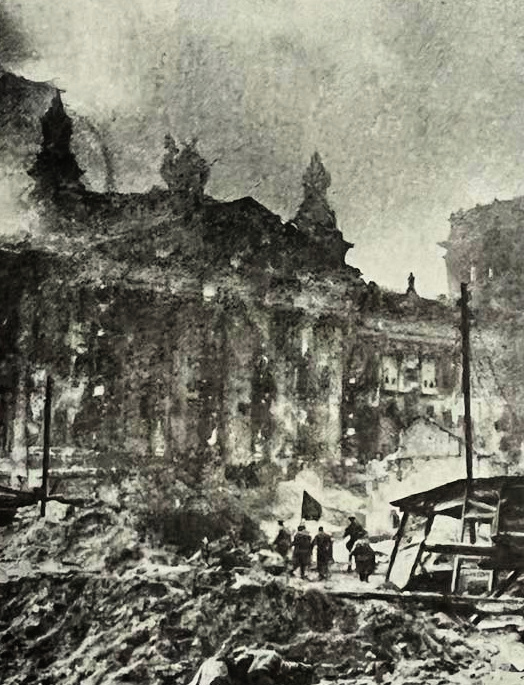
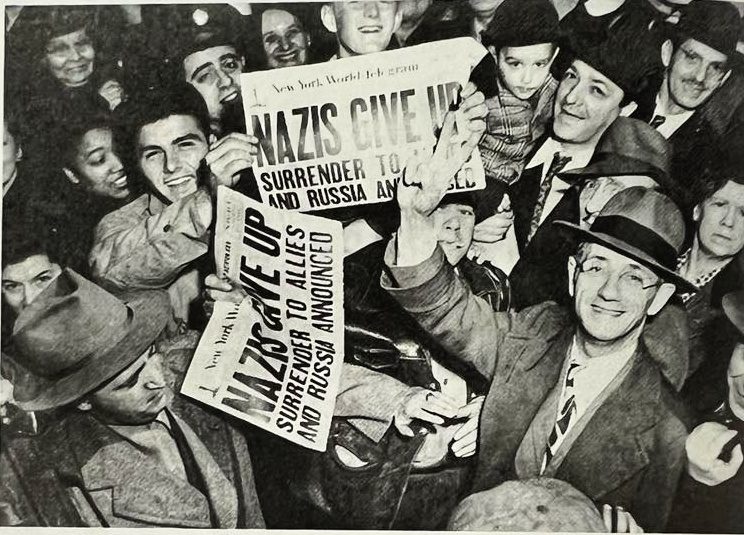
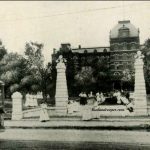
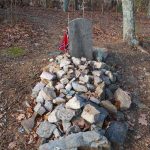
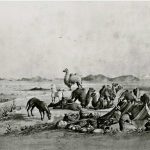
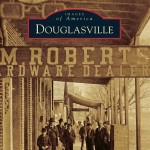
Leave a Reply